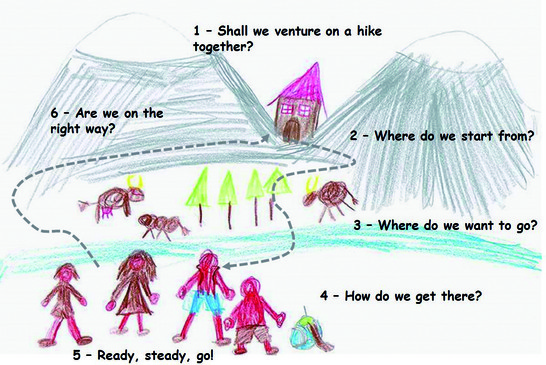Conservation Planning
Cat conservation faces a number of specific challenges as a consequence of biological features of the felids and their particular relations with humans. The high degree of specialisation that the cats have acquired during their evolution makes them vulnerable to environmental changes; 45 % of the 38 cat species are threatened according to the IUCN Red List of Threatened Species. Most cats are solitarily and live at low densities (compared to their prey of the same size); viable populations therefore need extended areas of suitable habitat with sufficient prey. All felids are mandatory hunters, typically depending on a rather narrow prey spectrum from one trophic level. The hunting tactic is adapted to the main prey and the habitat. The predatory lifestyle brings cats into conflict with humans: they compete for game, but cats also kill livestock from chicken to cattle; and some large cats are even dangerous for humans.
All this makes cat conservation a complex endeavour. Seldom is it enough to grant a cat species legal protection to secure its survival. Typically, cat conservation includes habitat protection, prey management, conflict mitigation, and law enforcement over large areas and for many years.


